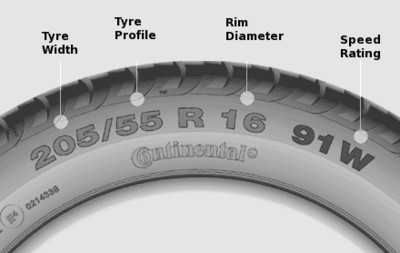For everyday motoring, tyre pressure should never be lower than the manufacturer's recommended pressure. This information is usually mounted on the drivers' door edge or pillar, or in the glove box. Tyre pressure should only be checked when the tyres are cold. If you have to check the tyres when they're hot, add at least 2psi (or 13.8kpa) to maintain optimal levels for safety. A good quality tyre pressure gauge allows you check tyre pressure before driving on the tyres.








